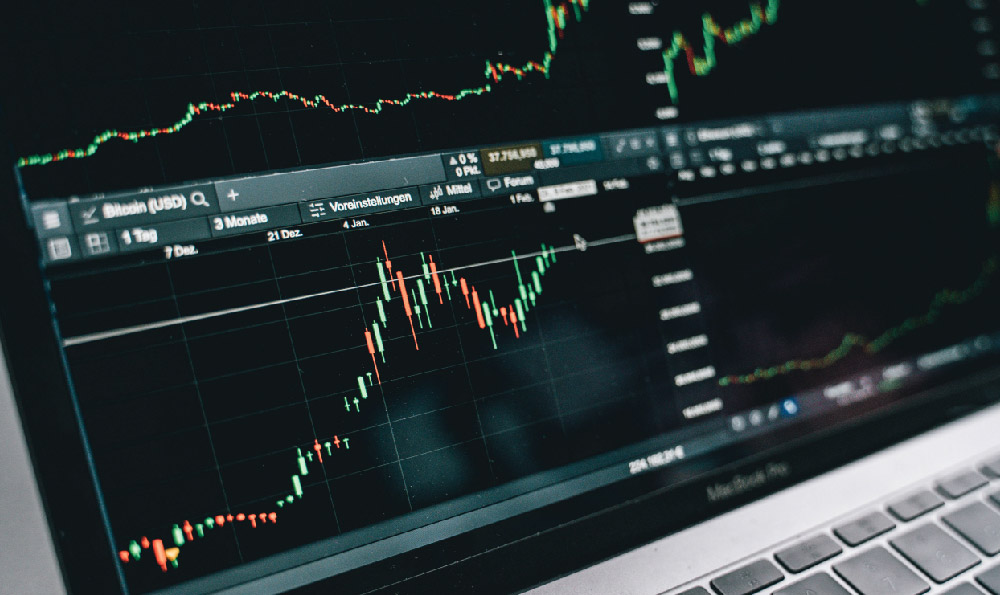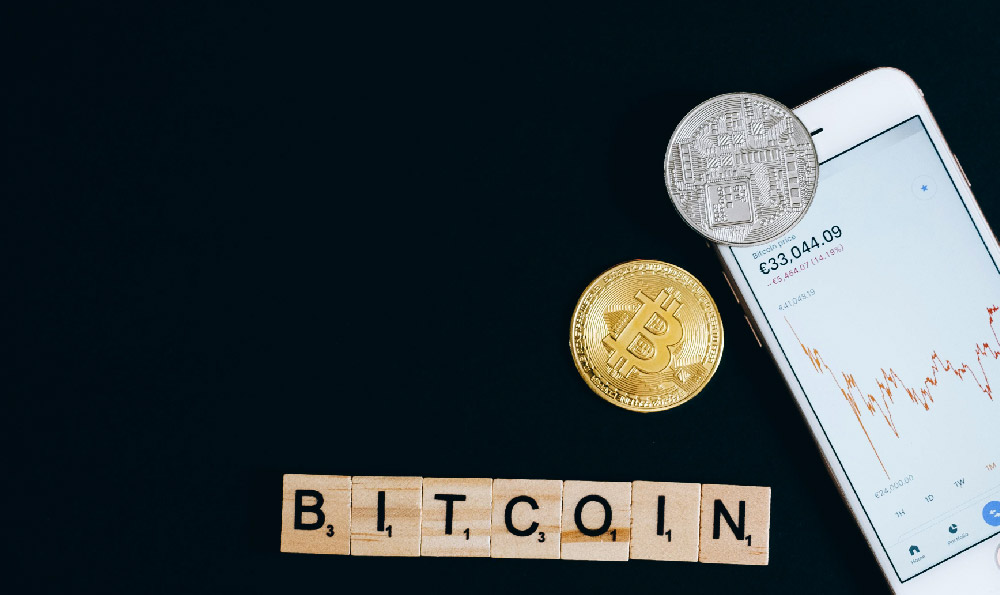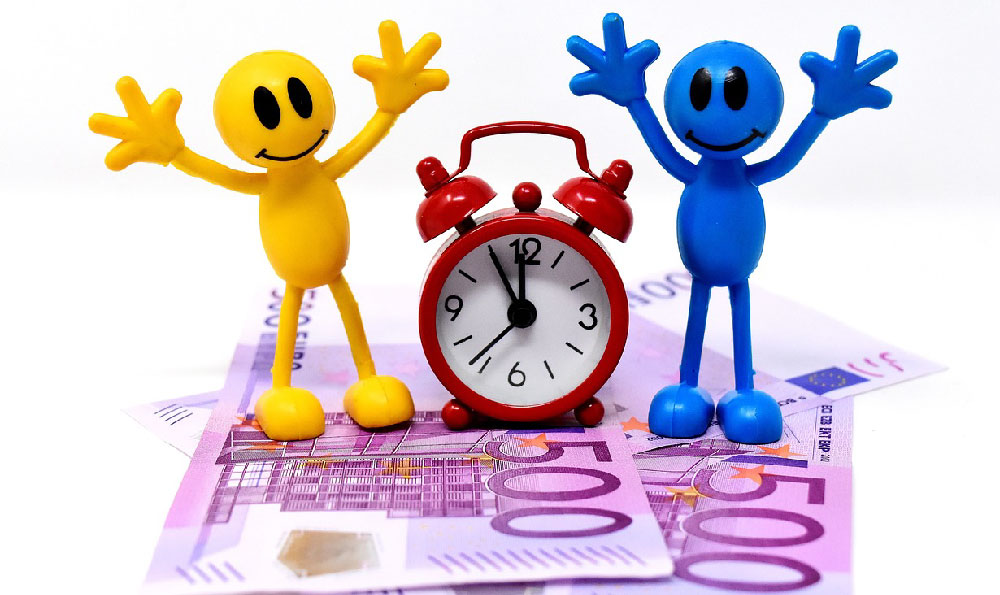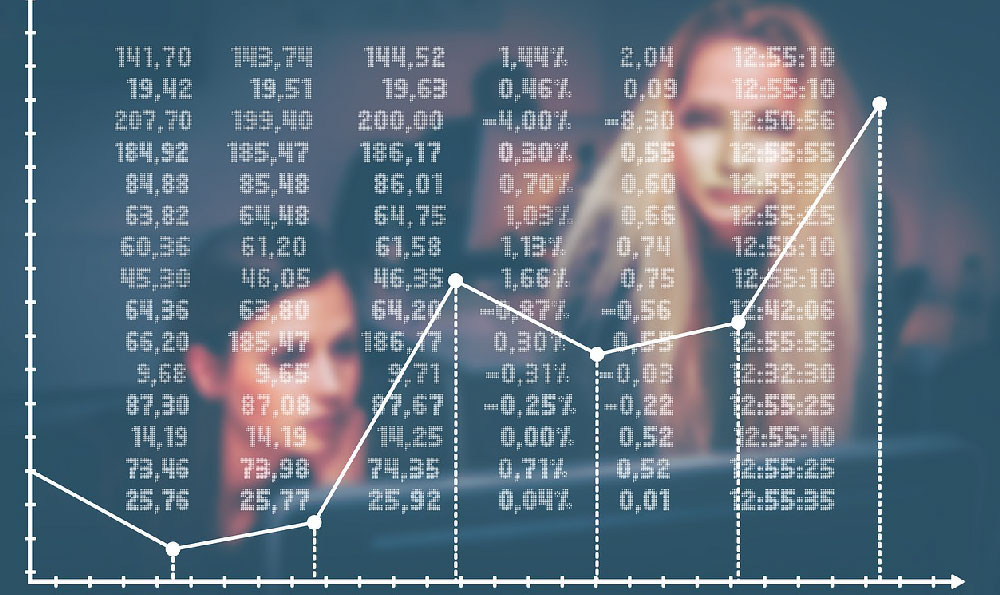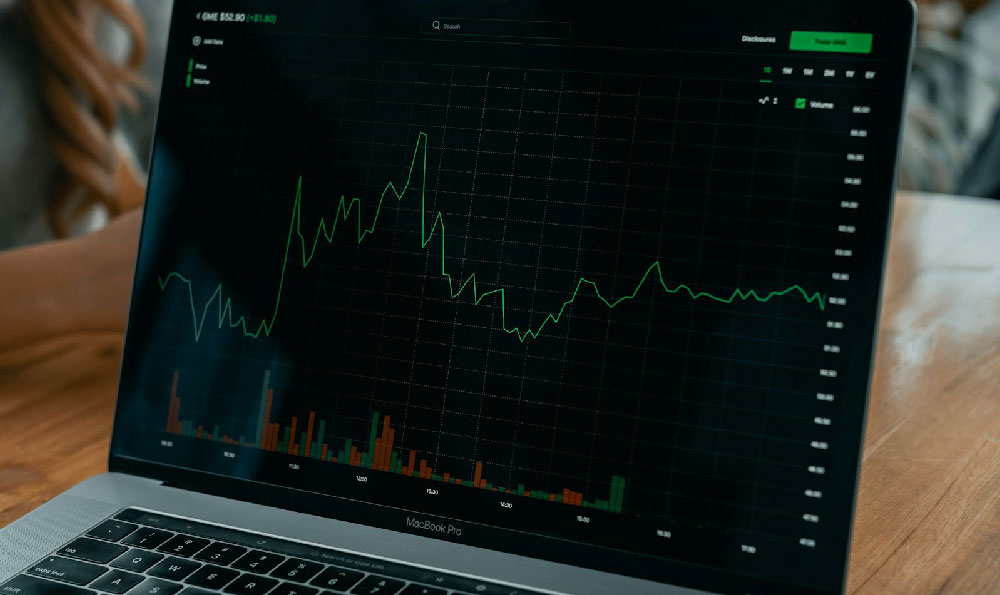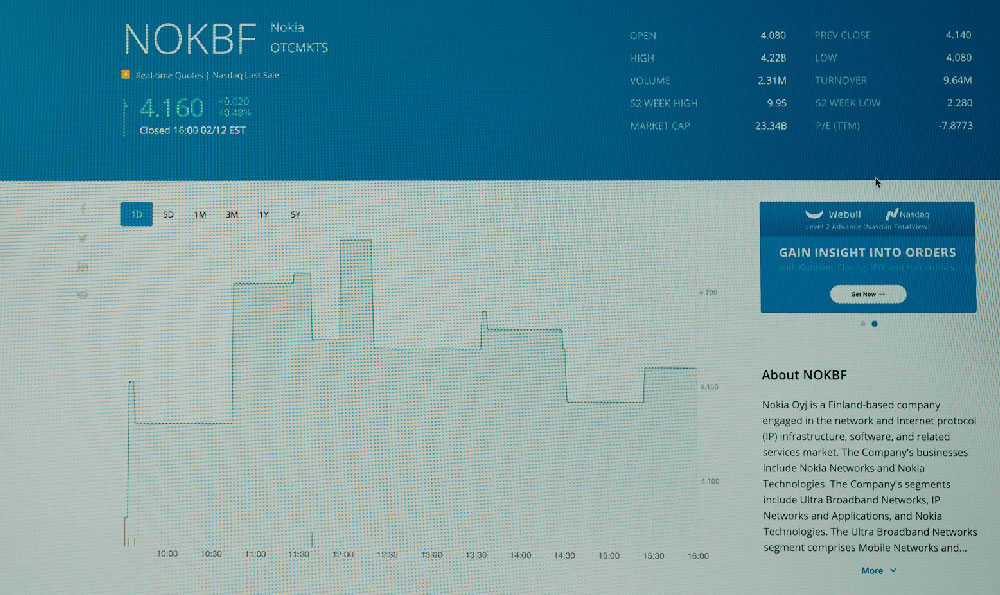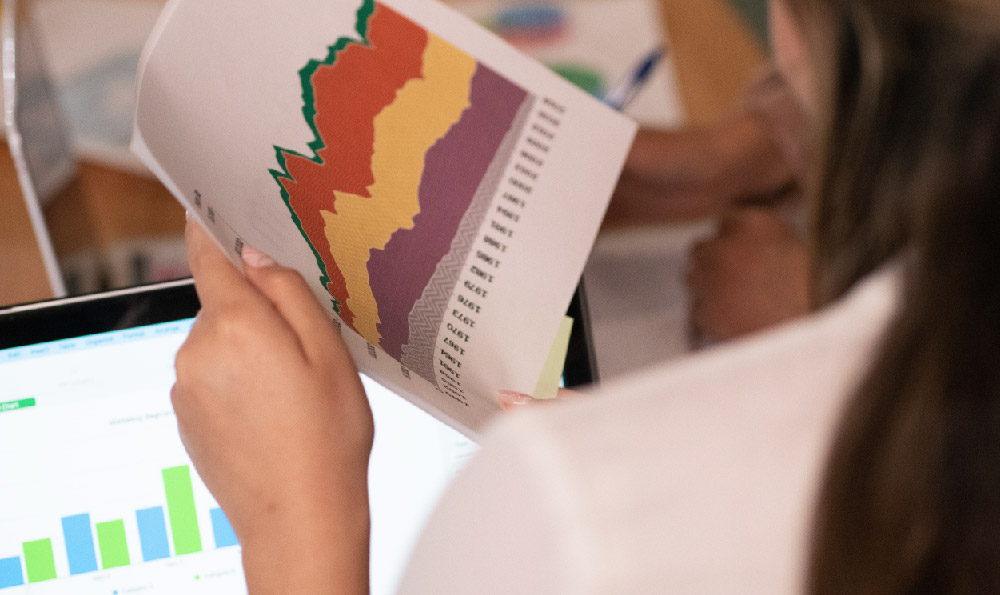Okay, I'm ready. Here's the article based on the title "Do You Really Make Money From Spotify? How Much?" I'll aim for depth, detail, and a realistic perspective on earning from Spotify, focusing on the economics of music streaming and the challenges artists face.
Do artists truly profit from Spotify? This question, perpetually debated within the music industry and among aspiring musicians, cuts to the heart of the digital music ecosystem. While Spotify has revolutionized music consumption, offering unparalleled access for listeners, its impact on artist revenue remains a contentious issue. The truth, as with most things in the complex world of finance and creative endeavors, is nuanced.
The fundamental mechanism for artist compensation on Spotify hinges on a per-stream royalty rate. This rate, however, is far from a fixed figure. It fluctuates based on numerous factors, making it exceedingly difficult to predict earnings with certainty. Elements that influence the per-stream payout include the listener's location (rates are typically higher in wealthier countries), the type of subscription the listener holds (premium accounts generate higher royalties than free accounts), and Spotify's overall revenue for the period. Agreements between Spotify and various rights holders (record labels, publishers, and collection societies) also play a significant role in determining the final payout.
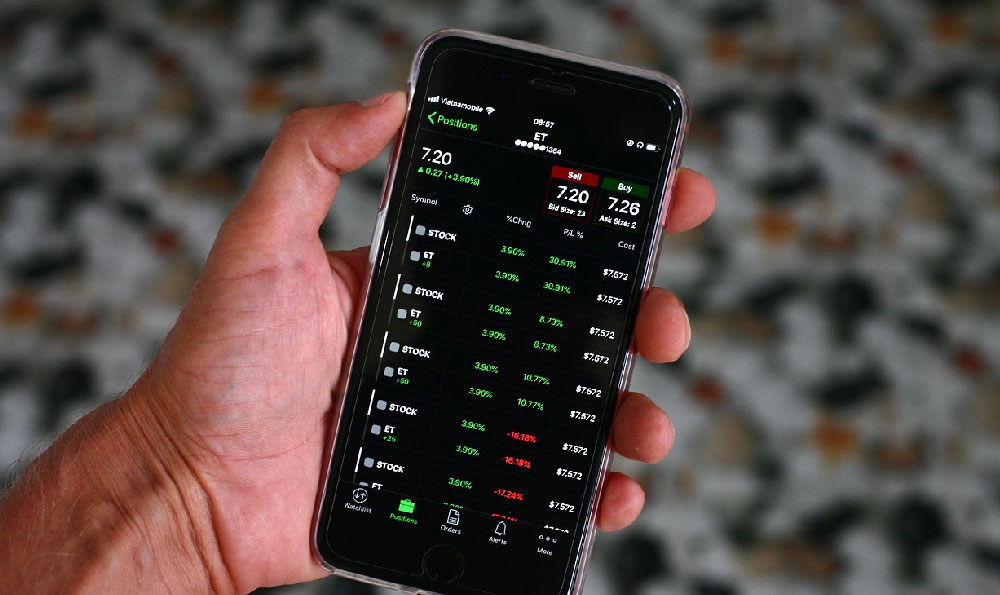
Industry estimates generally place the average per-stream rate somewhere between $0.003 and $0.005. To put this in perspective, an artist needs roughly 250 to 333 streams to earn just one dollar. This relatively low rate highlights the inherent challenge of generating substantial income solely from Spotify streams. It’s a volume game, demanding massive listenership to translate into meaningful revenue.
The reality is that the vast majority of artists on Spotify do not make a living wage from the platform. The financial rewards are heavily concentrated at the top, with a small percentage of superstars and established acts capturing the lion’s share of the royalties. For emerging artists or those operating outside the mainstream, achieving the necessary streaming volume to generate a sustainable income is an uphill battle. Many independent musicians find that Spotify earnings, while helpful, only supplement their income from other sources.
Furthermore, the journey from stream to actual payment is not as direct as it might seem. Artists typically don’t deal directly with Spotify. Instead, royalties flow through a chain involving distributors, labels, and publishers, each taking their cut along the way. This complicated system can significantly reduce the amount an artist ultimately receives. For example, an artist signed to a traditional record label might only receive a small percentage of the royalties paid out by the label after recouping expenses. Self-releasing artists who use distribution platforms (like DistroKid or TuneCore) retain a larger share, but still incur distribution fees and may need to pay for promotional services to increase their visibility.
Beyond the raw per-stream royalties, Spotify offers additional avenues for potential revenue generation, though these are often less predictable. Placement on official Spotify playlists can provide a significant boost to streams and visibility, but securing these placements is highly competitive. Some artists also participate in Spotify's "direct monetization" programs, such as allowing ads to be inserted between tracks. While these options can contribute to overall earnings, they typically don't fundamentally alter the economic landscape for most artists.
So, how much can you realistically earn? Let’s illustrate with a few hypothetical scenarios. A completely unknown artist with a few hundred monthly listeners might generate only a few dollars per month, barely covering the cost of distribution. An emerging artist with a dedicated following of a few thousand monthly listeners might earn enough to offset some expenses, but probably not enough to live on. An established independent artist with hundreds of thousands of monthly listeners could potentially generate a reasonable income, depending on their royalty arrangements and other revenue streams. A globally successful artist with millions of monthly listeners could earn a substantial income from Spotify alone, although even in these cases, touring, merchandise, and endorsements often contribute a larger portion of their overall earnings.
It’s crucial to view Spotify income within a broader context. Successful artists rarely rely solely on streaming revenue. They diversify their income streams through live performances, merchandise sales, licensing deals, songwriting royalties, crowdfunding, and direct fan engagement through platforms like Patreon. Spotify can be a valuable tool for building a fanbase and promoting music, but it’s generally not a silver bullet for financial success.
The future of artist compensation on Spotify and other streaming platforms remains uncertain. There is ongoing debate about the fairness of the current royalty system, with many advocating for higher per-stream rates and more transparent accounting practices. Some artists are exploring alternative models, such as direct-to-fan subscriptions and blockchain-based platforms, to bypass traditional intermediaries and retain a larger share of their revenue.
In conclusion, while it is technically possible to make money from Spotify, the vast majority of artists earn relatively little. To achieve financial sustainability in the digital music age, artists must be entrepreneurial, diversify their income streams, and actively engage with their fans. Spotify can be a powerful tool, but it's just one piece of a much larger puzzle. The path to earning a living as a musician in the 21st century requires creativity, resilience, and a realistic understanding of the economics of streaming.




